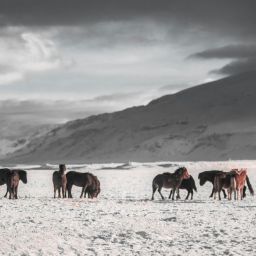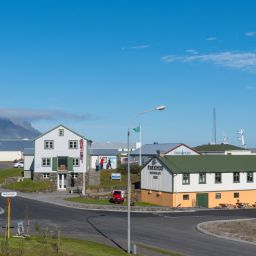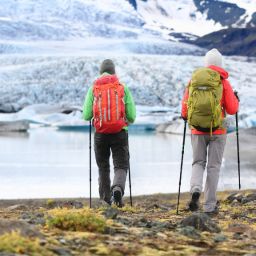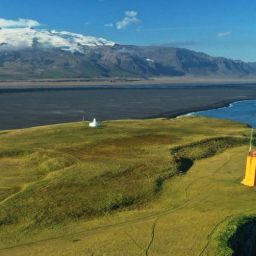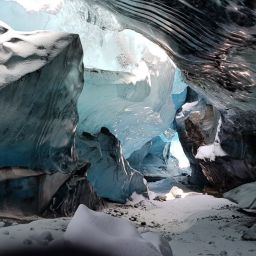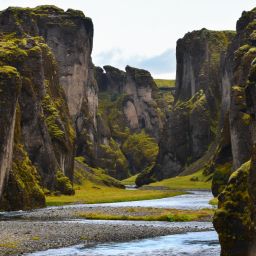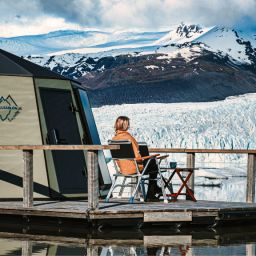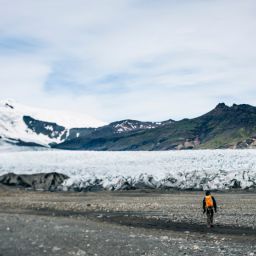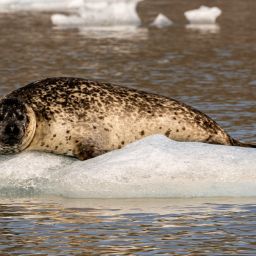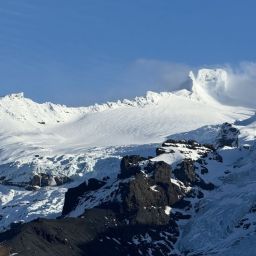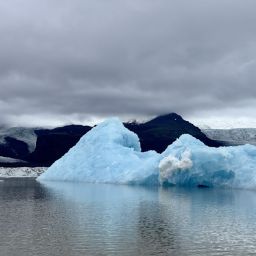
When you think of Iceland, one of the most striking images that likely comes to mind are its stunning glaciers. Among them, Vatnajökull reigns supreme as Iceland’s largest, with numerous glacier outlets crawling from its core.Glaciers in Iceland are one of the most awe-inspiring natural wonders in the world adding contrast to the ever-changing landscape, shaped by volcanic activity. For tourists, Vatnajökull offers a unique opportunity to explore a landscape of ice, fire, and untamed forces of nature, including a trip to the stunning less crowded Glacier Lagoon Fjallsárlón in southeast part of Iceland. If you’re planning a trip to Iceland, here are ten incredible facts about Vatnajökull that should make you even more excited to visit!
The Largest Glacier in Europe
Vatnajökull is the largest glacier in Europe, covering an astonishing 8% of Iceland. Spanning approximately 8,100 square kilometers, this massive ice cap is larger than all the glaciers in mainland Europe combined. Its sheer scale is overwhelming.
Vatnajökull’s Extraordinary Thickness
Vatnajökull’s thickness is just as impressive as its size. The glacier reaches a thickness of up to 950 metres in some areas, making it one of the densest glaciers on Earth.
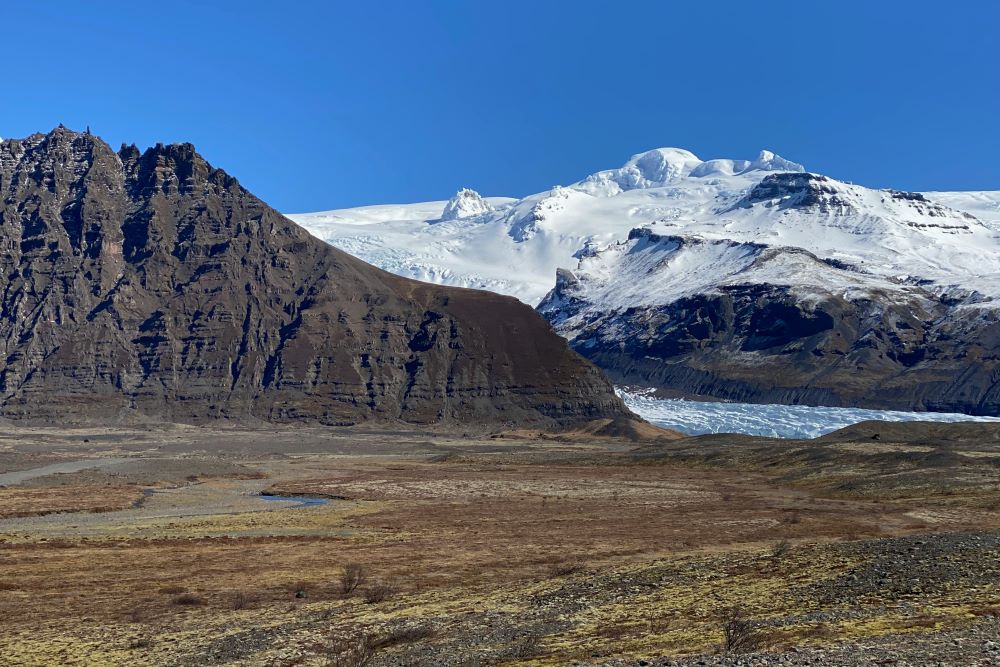
Home to Iceland’s Highest Peak
Vatnajökull is also home to Hvannadalshnúkur, Iceland highest peak. At 2,110 meters above sea level, the mountain offers adventurous travelers a challenging but rewarding hike.
Volcanoes Lie Underneath
Beneath Vatnajökull lies a chain of active volcanoes, which have shaped the glacier landscape over time. The most famous of these volcanoes is Grímsvötn, which most recent erupt was in 2011. Its ash plumes reached hundreds of meters into the sky and caused damaging glacial floods.
The Famous Jökulsárlón Glacier Lagoon
Vatnajökull’s ice masses feed several glacial lagoons, including Jökulsárlón. This large picturesque lagoon is filled with massive icebergs that have calved off the glacier
and float serenely in the blue waters.
The Hidden Beauty of Fjallsárlón
Meanwhile, Fjallsárlón is another breathtaking glacial lagoon to visit during your adventure travels in Iceland. Fjallsárlón offers a quiet, more intimate experience. Here, you can join a fun activity tour, a SMALL BOAT TOUR with a guide that brings you close to the glacier’s edge, where the towering icebergs drift by in a surreal, otherworldly scene. Fjallsárlón is a hidden gem waiting to be discovered by those seeking unspoiled nature away from the crowds.
A UNESCO World Heritage Site
Vatnajökull National Park, which encompasses the glacier, was designated a UNESCO World Heritage Site in 2019. The park’s diverse landscapes include ice fields, volcanic craters, glacial rivers, and geothermal areas, making it a paradise for nature lovers and photographers. Photographers boat tours are offered at Fjallsarlon, so enthusiasts and professional photographers alike are frequent guests at the lagoon.
Mysterious Ice Caves
One of the most thrilling ways to experience Vatnajökull during winter is by exploring its mesmerizing ever-changing natural ice caves. These natural formations appear as meltwater from the glacier carving out tunnels and chambers of ice every winter. Guided tours are available for those who want to experience this incredible phenomenon up close. You should be mindful when booking what time you go. Ice caves get crowded in the morning until 11:00 and then again in the afternoon after 14:00. At Fjallsarlon tour times are schedules between “rush” hour timings so that there are less people in the caves when we visit. LINK TO ICE CAVE TOUR.
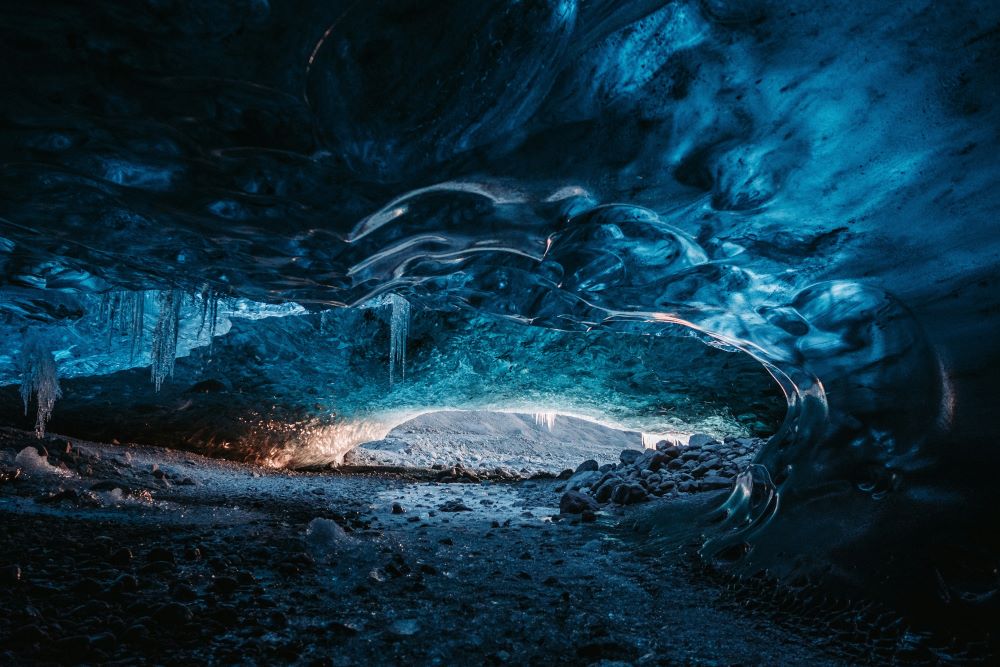
A Haven for Thrill seekers
If you’re looking for excitement, Vatnajökull is huge and offers plenty of opportunities for activity adventure tours such as ice climbing, glacier hiking, and snowmobiling are just a few activities forthrill-seeking visitors. The glacier’s rugged terrain and ever-changing conditions make it the perfect playground for adrenaline junkies. Whether you are scaling an ice wall or trekking across the glaciers vast surface, the experience will leave you with unforgettable memories.
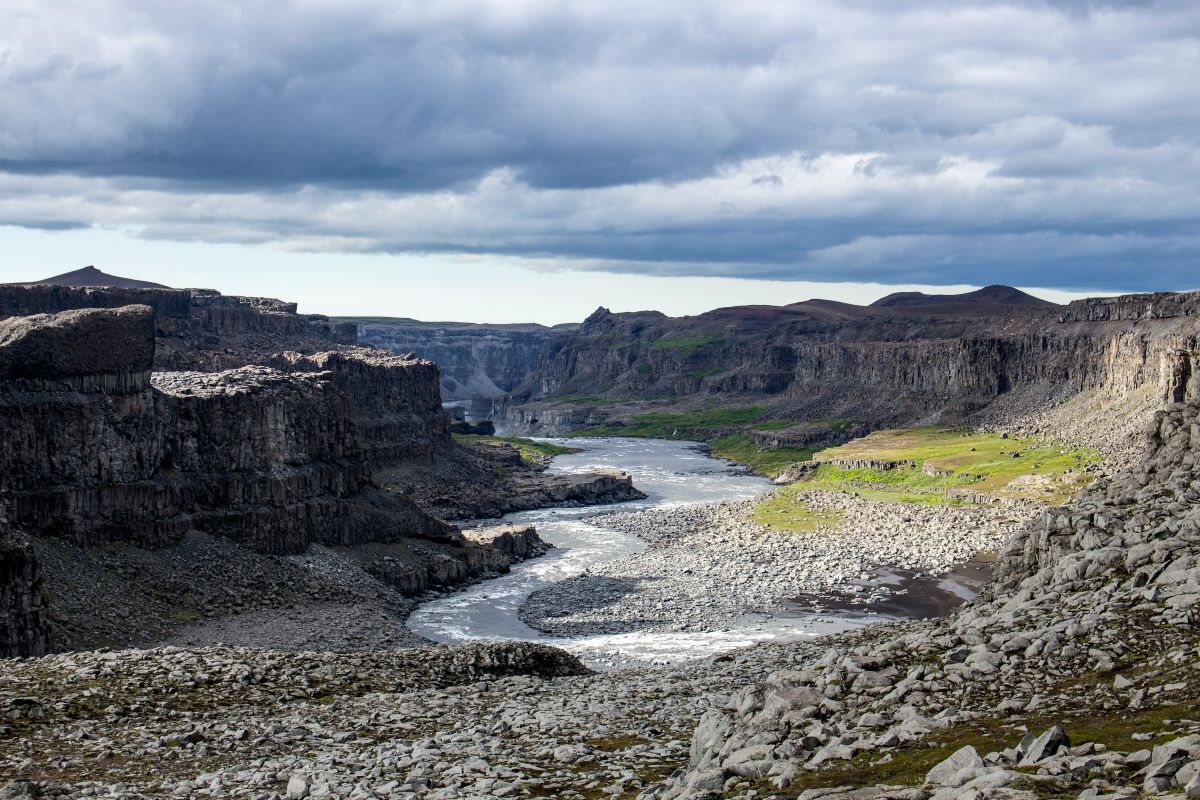
A Vital Water Source in Iceland
Vatnajökull isn’t just a beautiful landmark; it also plays a crucial role in Iceland’s water system. The glacier feeds several major rivers, including the Jökulsá á Fjöllum, Iceland’s second-longest river, which flows through the stunning Jökulsárgljúfur canyon. These glacial rivers are vital for the country & hydroelectric power generation, providing renewable energy for much of the island. Vatnajökull Glacier is more than just ice; it’s a living, breathing landscape that offers visitors a glimpse into Iceland’s dynamic geological history and a destination with unforgettable adventures. Whether you’re a seasoned explorer or a first-time tourist to Iceland, this massive glacier will leave you in awe. So, pack your camera, bundle up, and get ready to experience one of Iceland’s most extraordinary natural wonders!
When is the best time to visit Vatnajökull Glacier?
The best time to visit Vatnajökull depends on what you want to experience. Summer offers mild weather and easier access to hiking trails, while winter is the prime season for exploring the glacier’s famous ice caves, and a chance to witness the otherworldly northern lights. Both seasons have their own unique charm, so it’s worth
visiting at different times of the year if you can. Summer season is when most tourists visit top attractions so if you want to enjoy Iceland without crowds consider booking your holiday in spring or autumn.
Can I visit Vatnajökull on my own, or do I need a guide?
While it’s possible to visit certain areas of Vatnajökull National Park on your own, many activities like ice cave exploration, glacier hiking, and ice climbing require a certified guide for safety reasons. The glacier’s terrain can be dangerous, and th ever-shifting ice means conditions can change quickly. Guided tours are highly
recommended to ensure a safe and enjoyable experience. Please note that it’s not safe to walk on a glacier unaccompanied.
How do I get to Vatnajökull from Reykjavík?
Vatnajökull Glacier is in southeast Iceland, about a five-hour drive from Reykjavík along the scenic Ring Road. Many visitors rent a car and make the
journey independently, while others prefer to join organized tours that include transportation. Either way, the drive is a beautiful experience, passing waterfalls, black sand beaches, and other stunning landscapes along the way.
Can I see wildlife at Vatnajökull?
The glacier is home to diverse wildlife, including seals that can be spotted in the glacial lagoons. The surrounding Vatnajökull National Park is also great for seeing birds, reindeer (during winter), and other wildlife.




